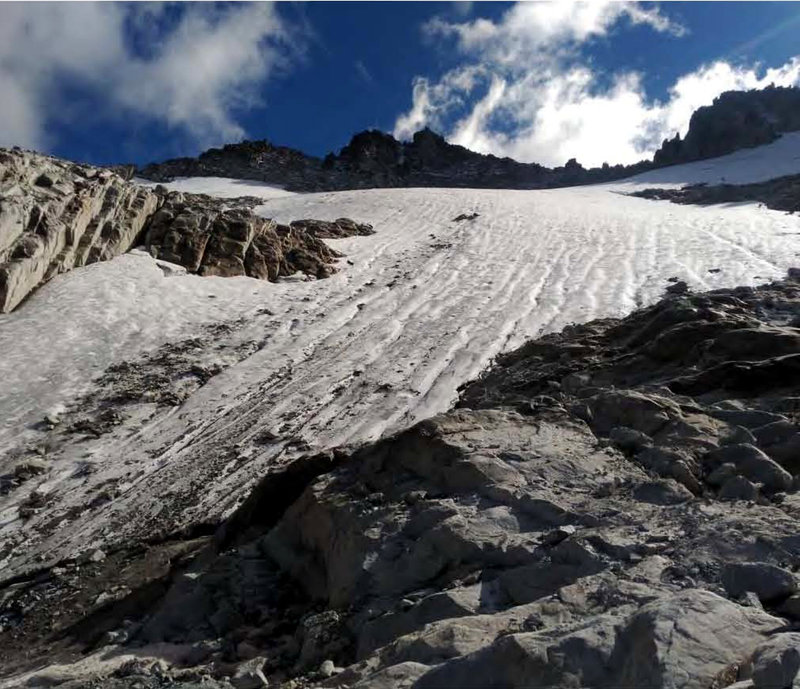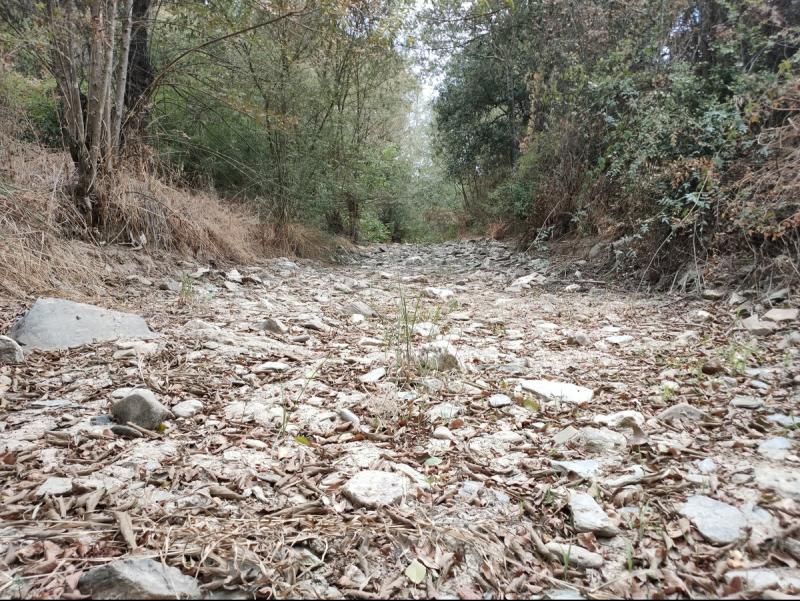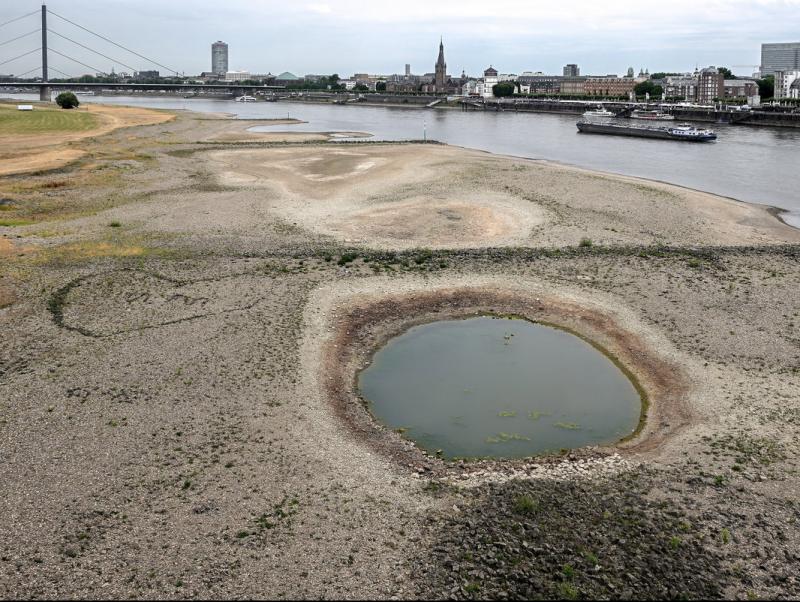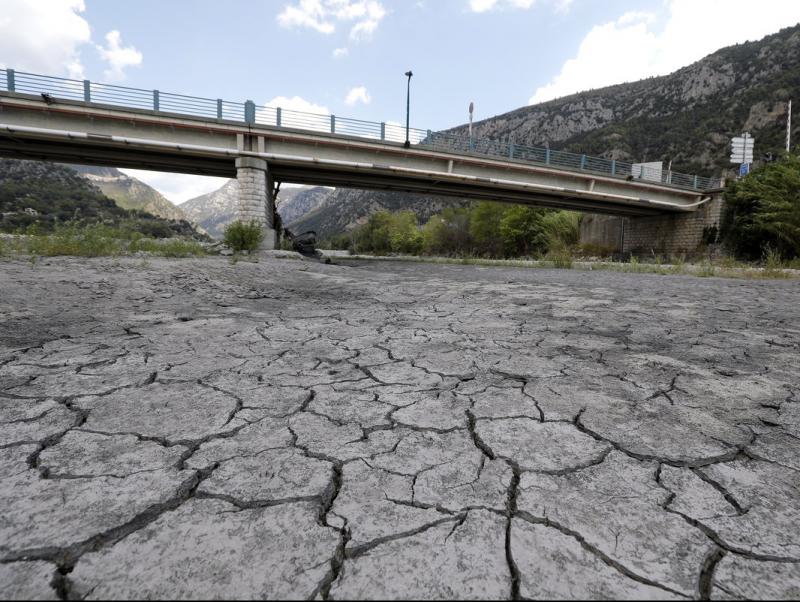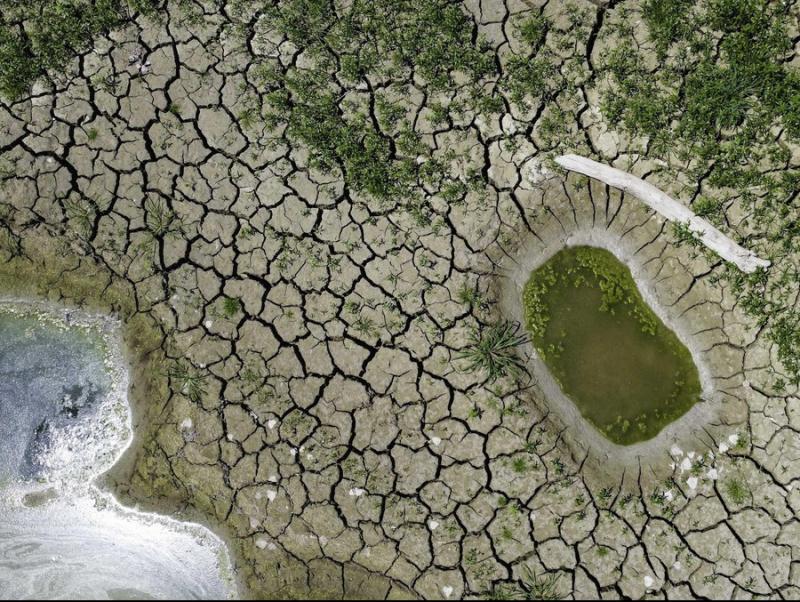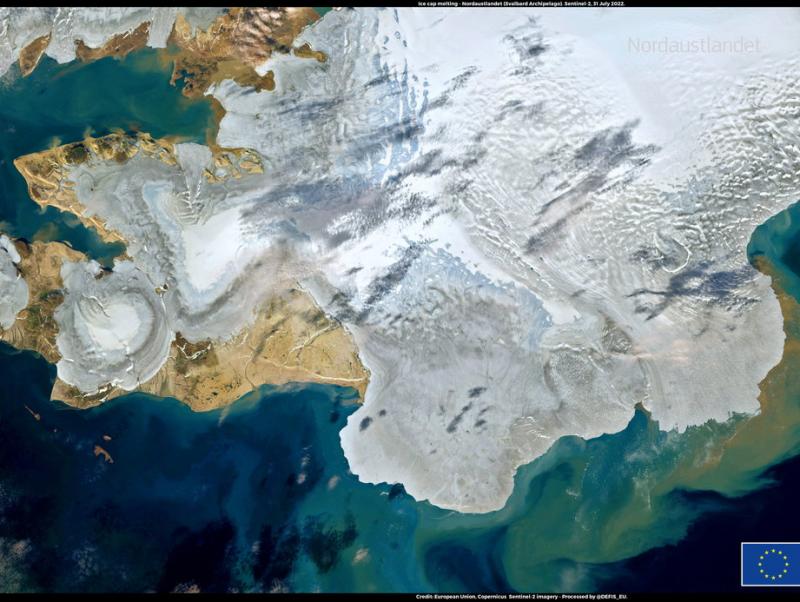Pyrenees to suffer most from climate emergency
Report states increase in temperature will be more noticeable in mountains; glaciers may have only a few decades left
Just as the Arctic is warming four times faster than the rest of the planet, in Catalonia, the area with the most ice, the Pyrenees, is also where the climate emergency has already left the greatest footprint and where changes will be noticed more ostensibly. Among other phenomena, the glaciers are expected to disappear in just a few decades.
Pyrenean glaciers have been melting for some time, and only around 40 now remain. Experts say that only remnants will be left on the highest peaks. By way of example, the Maladeta glacier, perhaps the most emblematic in the area, has been split in two for over a decade.
The reality of climate change has been scientifically explained in a study of regionalised climate scenarios prepared by the Weather Service of Catalonia, at the request of the Catalan Office for Climate Change (OCCC), to make projections for the climate throughout the 21st century.
The study highlights the most important mountain range in the country and ice reserve in southern Europe as the greatest victim of the current temperature rises. What’s more, these are forecast to become more intense, with a projection of 4 degrees Celsius higher average temperatures on much of the chain’s peaks within two or three decades.
The study reveals that the average temperature in Catalonia is currently 1.6 degrees higher than in the mid-twentieth century, and that the growth rate is a quarter of a degree per decade. Summer is the time of year when this progression is most noticeable, to the point that for the moment the summer temperature is 2.5 degrees higher than in the 1950s.
At the same time, the number of warm days has increased, lengthening summer by bringing it forward and taking up some of autumn, with more tropical and torrid nights.
And this heat will occur, according to experts, regardless of the reduction in emissions that theoretically must occur on a global scale. In general, it is expected that in the first half of the century, that is, with a projection of about 30 years, the annual increase in temperature in Catalonia will be about 3.5 degrees on the coast and the pre-coast, rising to the 4 degrees mentioned in the Pyrenean region.
One of the greatest concerns is the high probability of “tropical nights in many places in the Pyrenean area”, while it also seems clear that there will be “a decrease in precipitation in summer, with the consequent reduction in water reserves”.
Experts believe that if CO2 in the atmosphere remained moderate during this century, it would be possible to reduce, but not stop, the rate of temperature increase. If, on the other hand, intensive emissions continue, then the future panorama becomes much more bleak.
feature climate crisis
Alternate dry and rainy years
Rainfall does not show a defined trend in the study. In Catalonia as a whole, a great variety is expected year-on-year, with a succession of very rainy and very dry years, a marked alternation that does not coincide with previous periods, when the volume of rainfall was more or less stable.
The forecast is accentuated for winter and autumn, when simulations project significant rainstorms throughout Catalonia. Storm Gloria in January 2020 and the downpours of October 2019 are seen as precursors of this. Despite this great variability, projections seem to point towards a decrease in average rainfall by the middle of the century.

